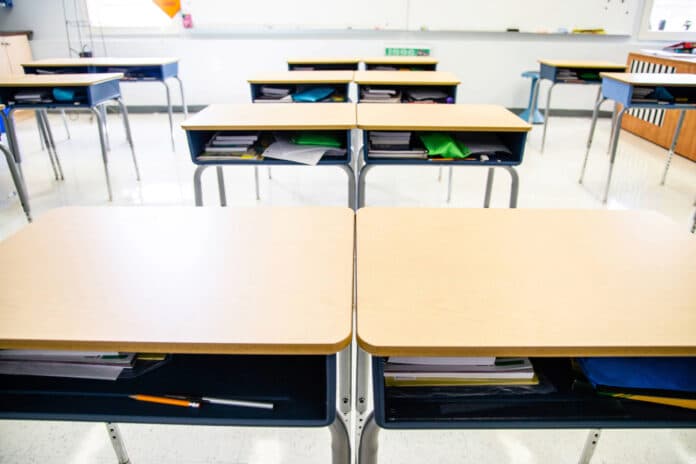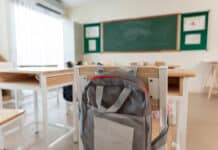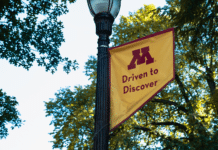Education is a point of pride for Minnesotans. Living in a state which led the way on educational innovation, many Minnesotans have come to believe that the state’s borders are truly a place where “the women are strong and the children above average,” to quote Garrison Keillor’s famous phrase.
But the days of Lake Wobegon magic may be over, a fact demonstrated by the most recent statistics from the Minnesota Department of Education.
Devin Foley, executive director of Opportunity for All Kids (OAK), shared these statistics at an event at Minnehaha Academy on Sept. 20, 2024. Here are just a few sample insights:
- Of the 52 school districts in the Twin Cities, 37 have 60% or less of their students proficient in reading.
- Of the 52 school districts in the Twin Cities, 39 have 60% or less of their students proficient in math.
- Between 2023 and 2024, more than half of the districts in the Twin Cities saw math proficiency rates for 11th-grade students drop.
- Between 2023 and 2024, more than a third of districts in the Twin Cities saw reading proficiency rates for 10th-grade students drop.
Statistics such as these are downright horrifying. But rather than spread doom and gloom, Foley, along with special guest State Rep. Harry Niska, explained to parents and grandparents the hope that Education Savings Accounts (ESAs) offer Minnesota’s students.
ESAs have been spreading across the nation like wildfire, passing in nearly 20 states over the last few years. According to Foley, an ESA works like a Health Savings Account, where funds are deposited into an account specifically for the use of education purchases such as private school tuition, homeschool curriculum, or other approved expenses. Parents can then use a debit card to draw these funds out of the account and put them toward the educational experience they believe best fits their individual children.
In Minnesota, an ESA would be around $7,000 per student.
But getting ESAs through the Minnesota Legislature won’t just be a walk in the park. “Parents and people interested in education choice need to stand up and get organized because the folks who are trying to stop it are already organized,” State Rep. Niska said at the event, going on to explain why education is so important to the well-being of the state:
“The State of Minnesota, our Constitution, says that education is vital to our republican form of government. It’s important to our society, it’s important to us as having a government that’s accountable to us the people that we have an educated populace, a populace that can understand, that can think about problems, that can read, that can do the basic things that are needed to function in our society. A big part of it is putting every person in charge of their own life, putting every parent in charge of their kids’ education, putting every young man and woman in a position where they can succeed in the future. Learning how to read, learning how to do math, learning how to use a computer is way more important than learning about identity politics.”
Annie Holmquist
Annie Holmquist is the editor of OAK. The former editor of the popular webzine Intellectual Takeout, she brings over two decades of work as an educator, researcher, and writer to her advocacy for school choice. She is also a regular contributor to The Epoch Times and American Essence Magazine.


















